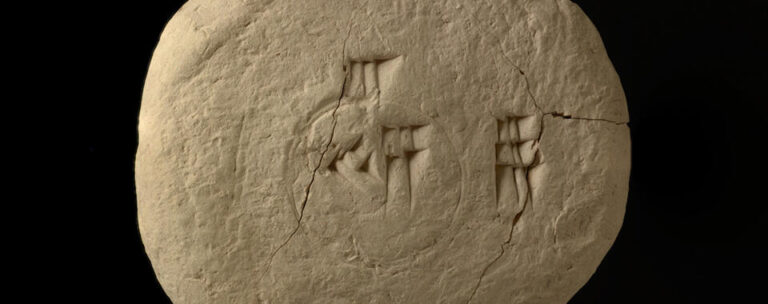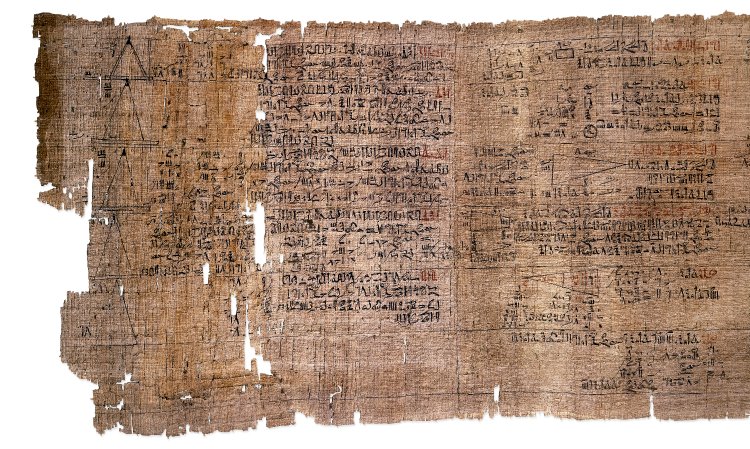
We take the number Pi for granted as we take for granted all the perfect round shapes that surround us. We celebrated Pi on March 14 while we probably were annoyed by it in school. Still, Pi remains one of the fundamental numbers of Mathematics, a value that has reached us through a long history driven by the pursuit of precision and discovery innate in the human spirit. It took millennia to pin it down and many civilization got close to it by simple approximation.

The Babylonian approximation and Solomon’s Temple
The history of Pi and its approximation is extremely long and tedious. It took a myriad of educated or hazardous guesses followed by centuries of calculations to get it right.
In construction the Babylonian simplified the issue by simply using the number 3. The same approximation is found in the Bible (1 King 7:23) and was used to build Solomon’s Temple. They did although know that 3 was not the exact numbers; in fact, a Babylonian tablet dating around 1900 BC has a closer approximation of 3.125.
The Egyptian Pi
The Egyptian Rhind Papyrus dating 1650 BC shows that the builders of the Pyramids estimated Pi to be 3.1605. Most likely this approximation was copied from another older document dated 1850BC. Although they might have also simplified the number when constructing, the papyrus shows an attempt to pinpoint the exact number of Pi.

The Greek Archimedes

Archimedes was a great Greek mathematicians who left us with incredible inventions that we still use today. While in Syracuse he used the pythagorean Tehorem to estimate the number Pi. He knew he did not get it exactly but he was confident in his approximation between 3.1428 and 3.1408.
The Chinese Mathematicians
Zu Chongzhi, a very talented Mathematician and Astronomer lived in China in the 5th Century AD. He most likely was unaware of the calculations of Archimedes as his book had been lost for centuries. He carried on his own lengthy calculations and arrived at accurately predicting the first few digits of pi 3.1415 in the fraction form of 355/113.
The Indian Astronomers

In the 1400s a great Madhavan of Sangamagramam an Indian Mathematician and Astronomer was able to calculate Pi to 11 decimals. It’s possible that his great work influenced European mathematicians as Jesuit missionaries carried some of his work back to Europe.
The Letter Pi
The Greek letter π was introduced but William Jones in 1706 using part of the Greek word used for perimeter. Since the 1700s more and more accurate approximations were made with hundreds of decimal numbers at times wrong but getting us closer to 3.141592653589793238462643…